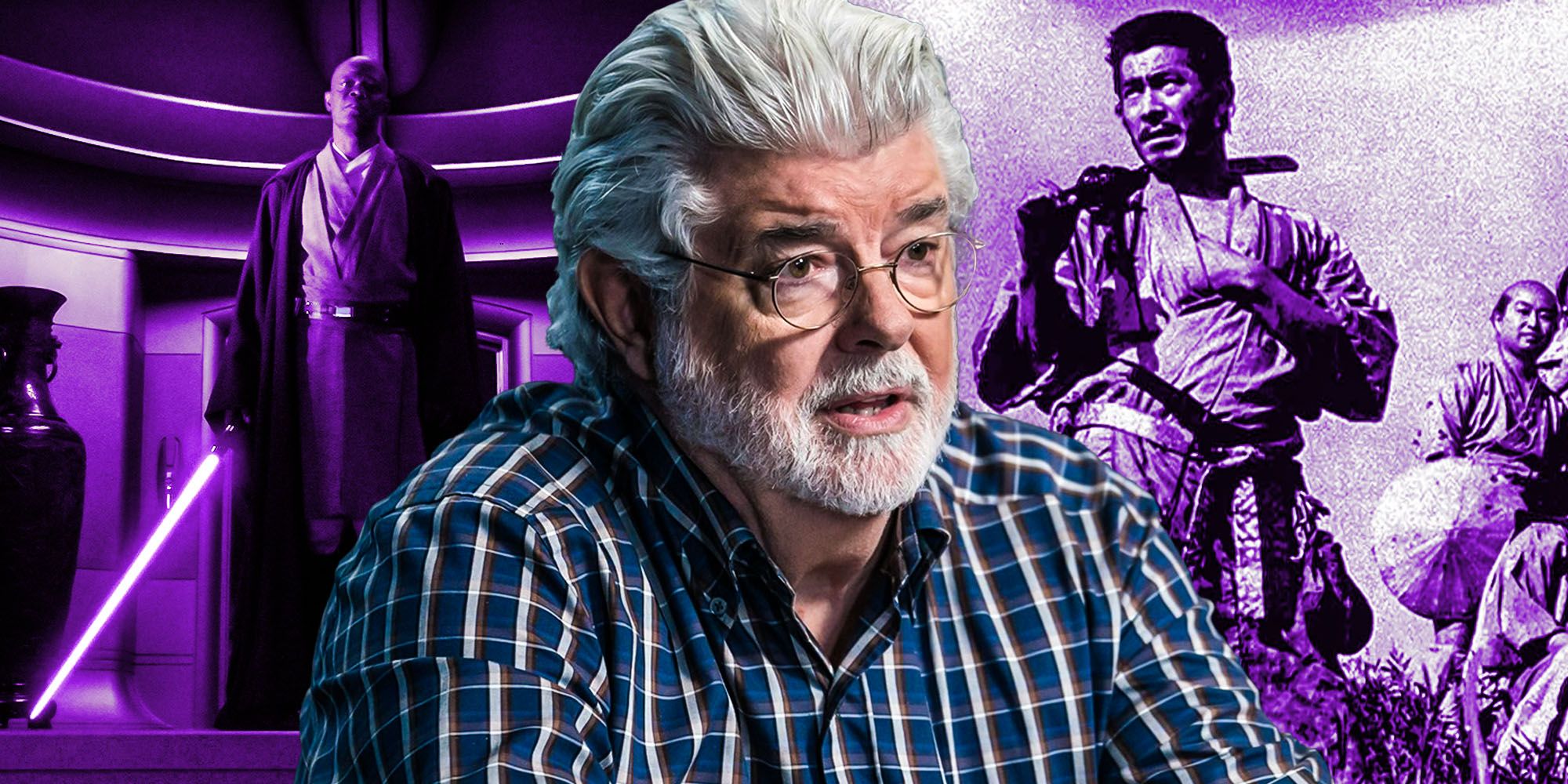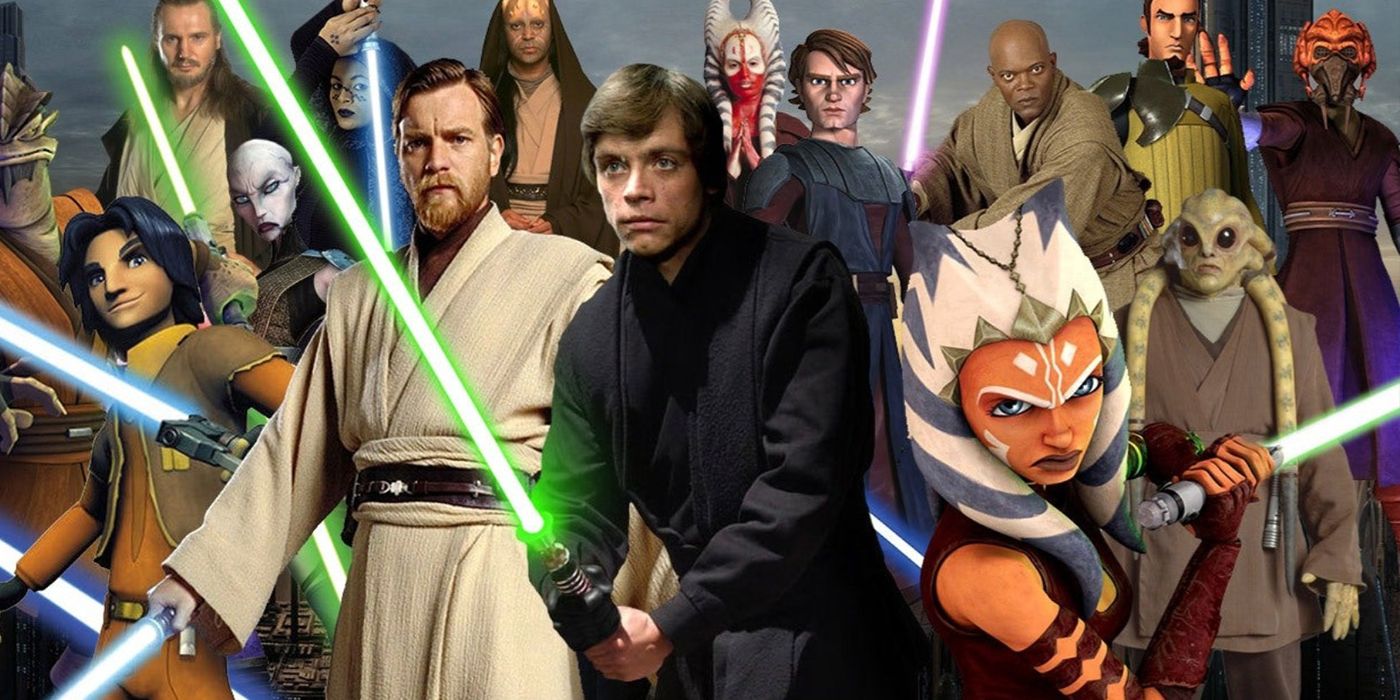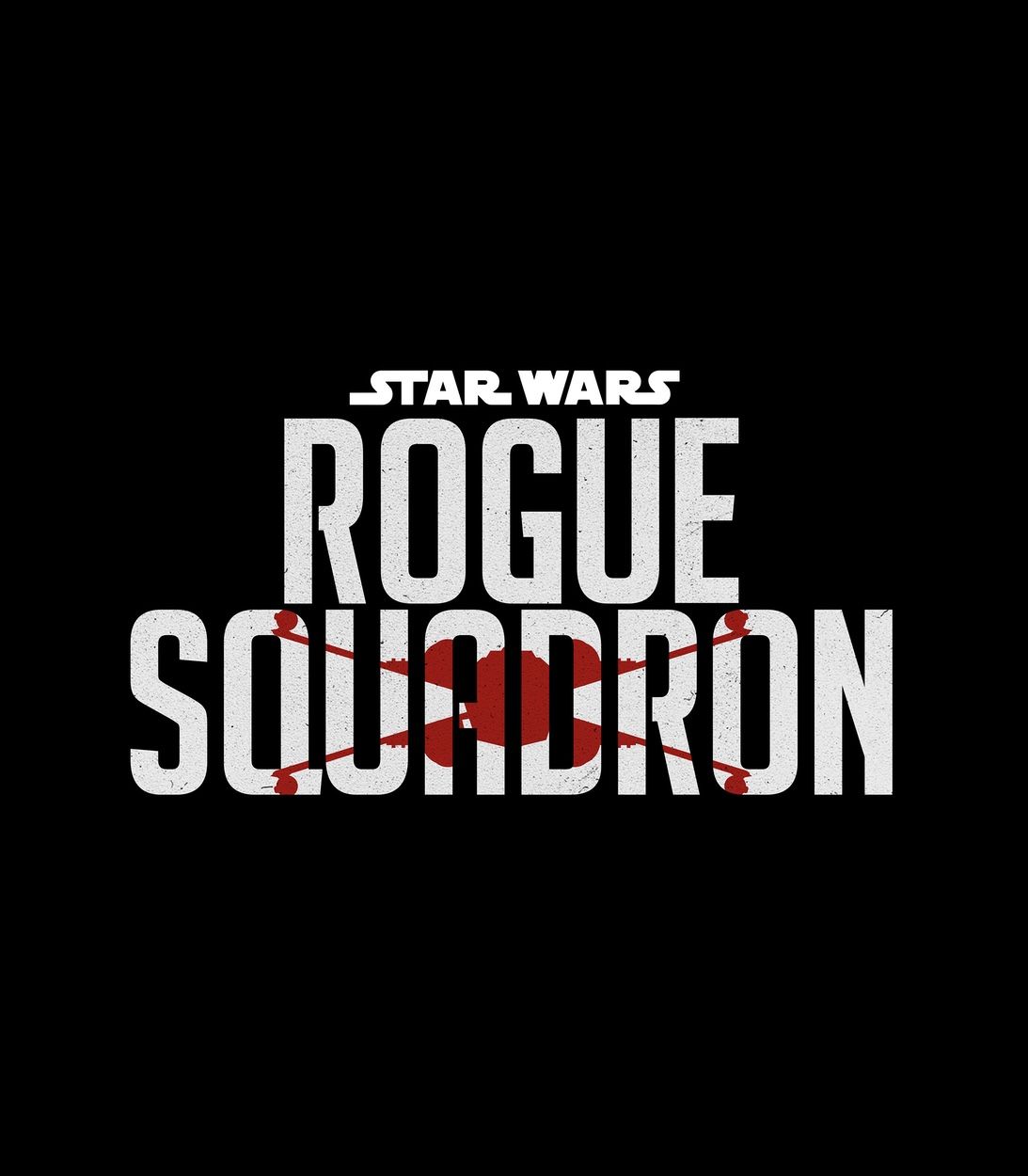George Lucas looked at many sci-fi media and real-life coalitions when crafting the lore and sects of Star Wars, although the Jedi ended up becoming the opposite of what he intended them to be. Premiering in 1977, Star Wars changed the entire face of sci-fi movies and graphics, presenting a new age of heroes and worlds that would take over the cultural milieu for the next 40-odd years. Director and creator George Lucas, along with Steven Spielberg, began the generation of film school brat creatives that reinvented the classic adventure, sci-fi, western, and action genres that inspired them with franchises like Star Wars.
The Jedi Knights are the guardians of the Star Wars galaxy, putting all of their faith into keeping the peace while using special training to hone their powers for good. First appearing in Star Wars: A New Hope (1977), the Jedi are introduced as an old faction thought to be extinct, whose sole survivors are Obi-Wan “Ben” Kenobi and Master Yoda until Luke takes up training in The Empire Strikes Back. The Jedi are known for their strict moral codes, lightsabers, use of The Force, and assistance to the Galactic Republic and Rebel Alliance. As the Jedi Order is explored more thoroughly in Star Wars’ original trilogy, prequel trilogy, and sequel trilogy, the faction’s monastic, academic, merit-based nature becomes more apparent.
When first ideating the structure of the Jedi, George Lucas based them off of the legendary Samurai. Samurai are a faction of bushi, which translates to a military family, in medieval and early-modern Japan, notable for holding prestige in feudal roles as they served as sword-bearing attendees to noble families. The religious, military, moral nature of the Samurai, in addition to their memorable garb and swords, bear much resemblance to the code and nature of the Jedi, even to their distinct outfits and lightsabers. While the Samurai were a jumping-off point for molding the Jedi, George Lucas’s Jedi are actually the opposite when it comes to the details of their strict codes on banning loyalty and only inciting peaceful functions in the galaxy.
The Jedi are tasked with abandoning loyalty and personal relationships because they distract from their objective ideals of peace. When Anakin falls in love with Padme, they must keep their relationship secret because it would hold Anakin and the Jedi loyal to a Senator and instill fear in loss, which goes against the Jedi code. The Samurai, on the other hand, were bound by their strict loyalty to their feudal lords and noblemen, which put the noble leaders’ wants above that of the common people. While the Jedi are bound to protect the good of the people at large and only use their lightsabers for defense in dire situations, the Samurai fought on behalf of the lords that paid them, becoming their personal military that didn’t uphold general peace for the people and used their swords to attack in frequent battles.
Both factions are guided by religious teachings and strict creeds, though the Jedi work for justice and peace for all and the Samurai work for status and glory. One of the Samurai’s most important teachings is to put the wants of the master above the wishes of the masses, which is the exact opposite of Star Wars’ mindset. While the Samurai aren't necessarily the equivalent of the Sith, they oppose the peaceful, compassionate, mindful value system to which the Jedi are bound.



